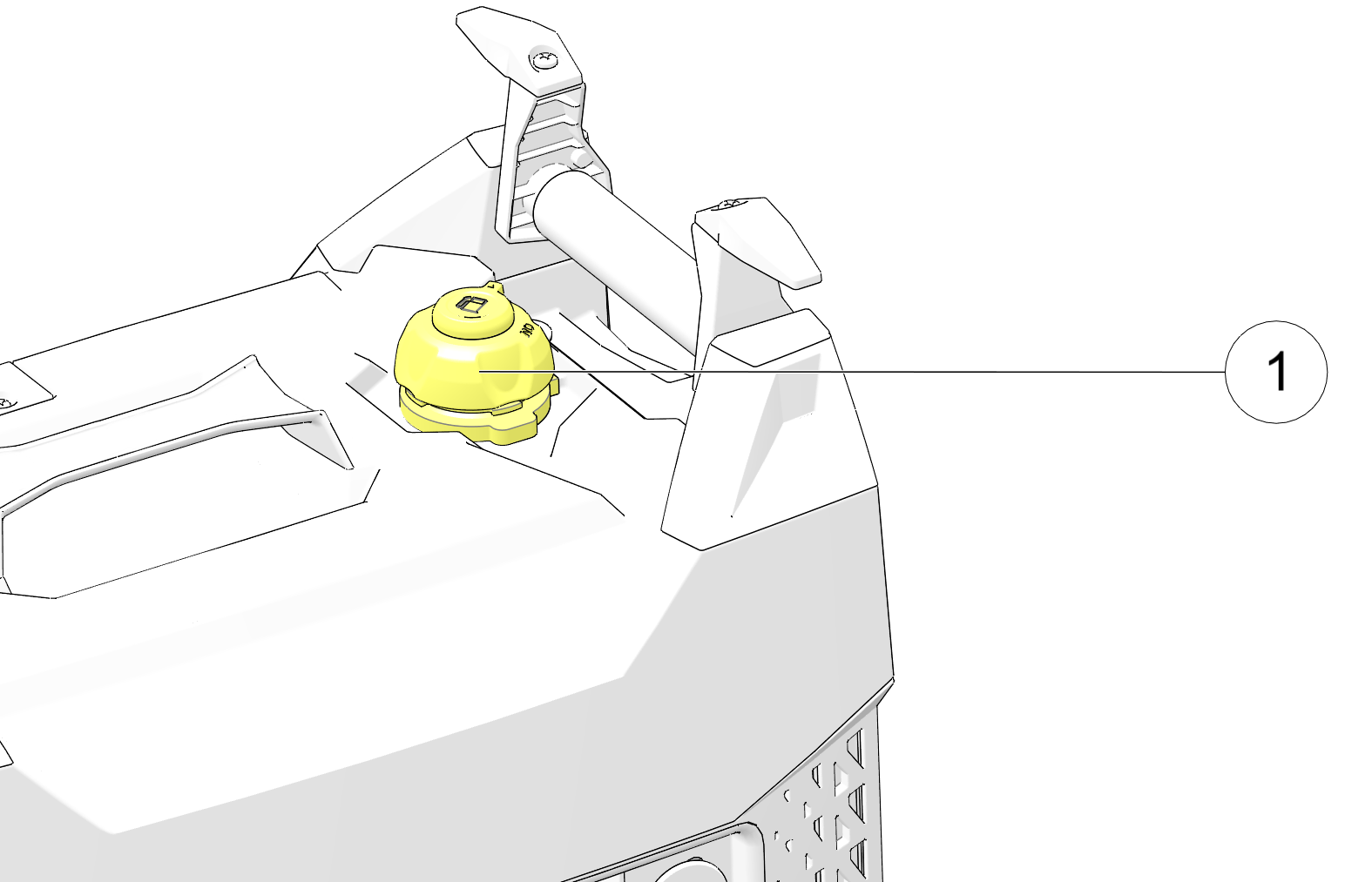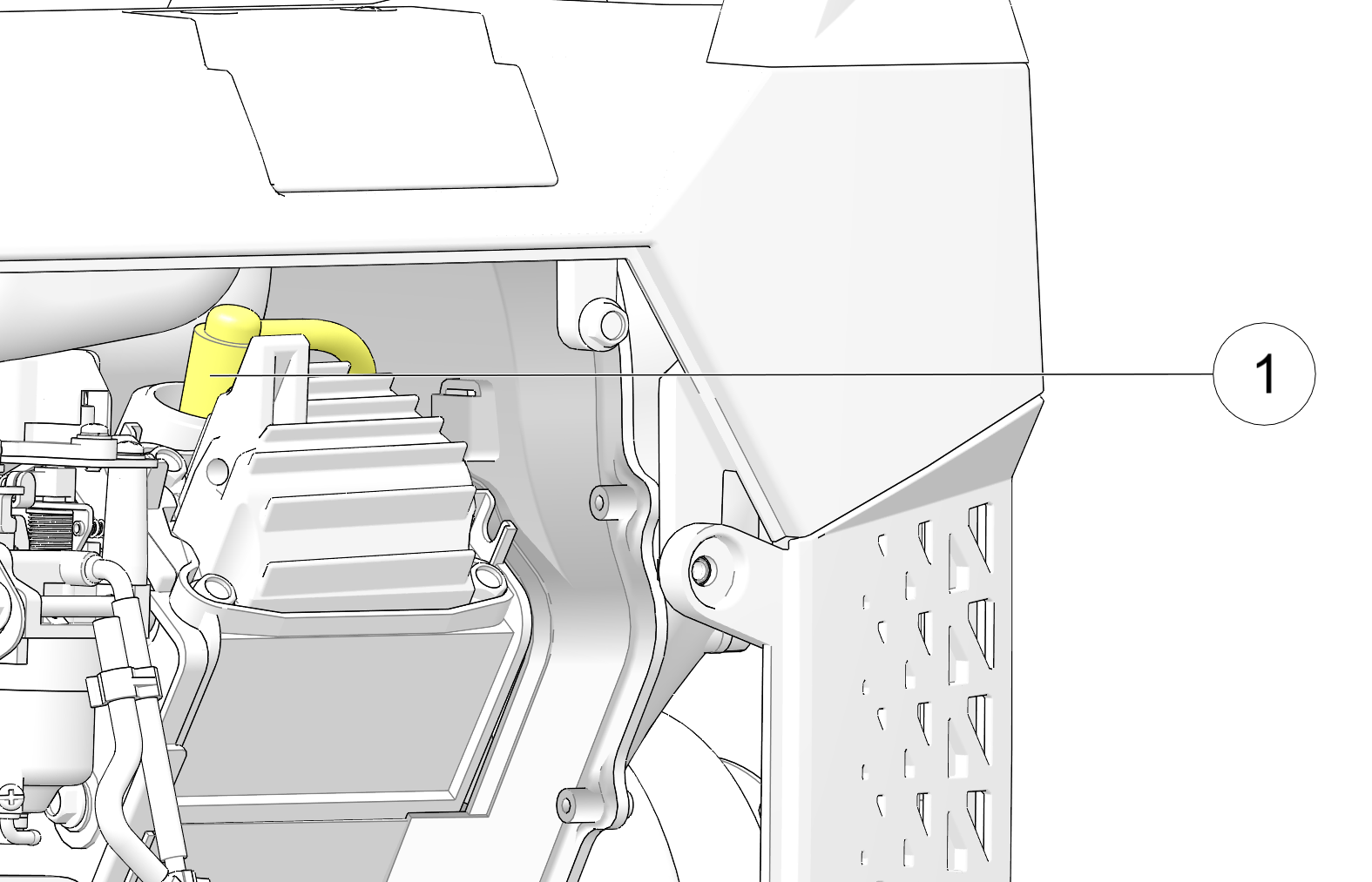
Content Source: Polaris Power® P2000i Owner’s Manual (9931062 R01) > Maintenance Chapter
| IMPORTANT |
|
The Owner's Manual for this vehicle contains warnings, instructions and other information you must read and fully understand before safely riding or performing maintenance on this vehicle.Always follow the warnings and instructions in Owner's Manual. Click the CONTENTS link above for the Table Of Contents, or download a full PDF of the Owner Manual in the Owner Support area of Polaris.com |
| Never pour water directly onto the generator or wash it with water. Contact with water could result in severe shock or electrocution. Keep generator dry and away from all sources of moisture. |
|
Gasoline is highly flammable and explosive and can cause
serious injury. Stop the engine and keep heat, sparks, and flame
away. Only handle fuel
outdoors. Wipe up spills immediately.
|
| Do not pour water directly on to the generator or wash it with water. |

| A hot engine or exhaust system can cause severe burns and ignite flammable material. Ensure adequate time for cooling before storage or transportation. |
| Gasoline is highly flammable and explosive and can cause serious injury or death. Stop the engine and keep heat, sparks, and flame away. Handle fuel only outdoors. Wipe up spills immediately. Do not spill fuel when draining the fuel tank. Spilled fuel is a fire hazard, causes environmental damage, and can cause damage to paint and plastic. Wipe up spills immediately. |


| NOTICE |
| Do not store the generator outdoors in the cold weather when not in use. |
| NOTICE |
| If the cylinder was coated with oil during storage preparation, the engine may smoke briefly at startup. This is normal. |
© Copyright Polaris Inc. All rights reserved.